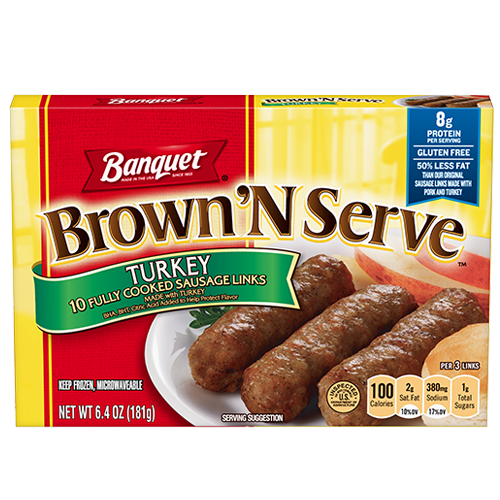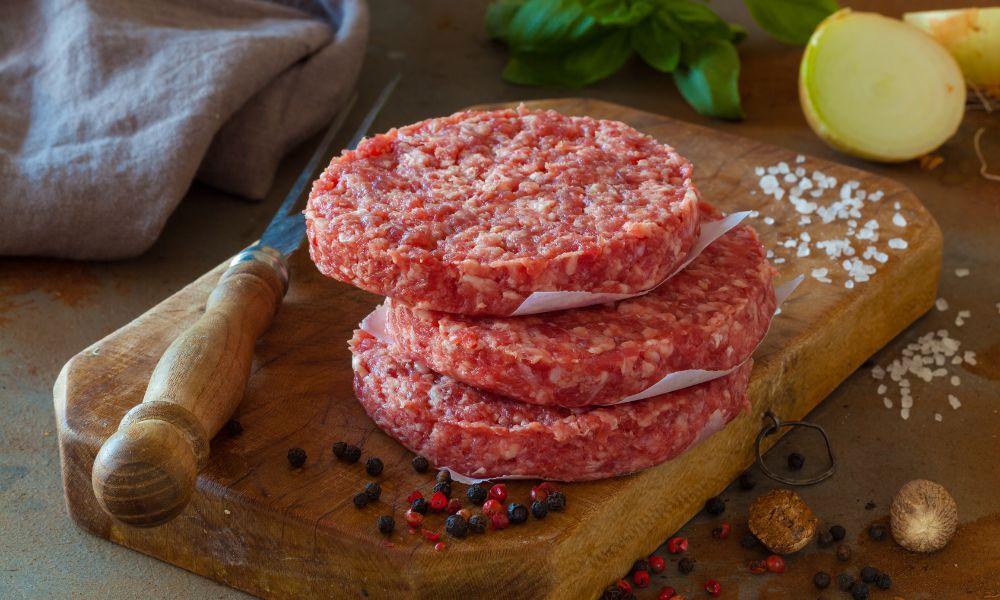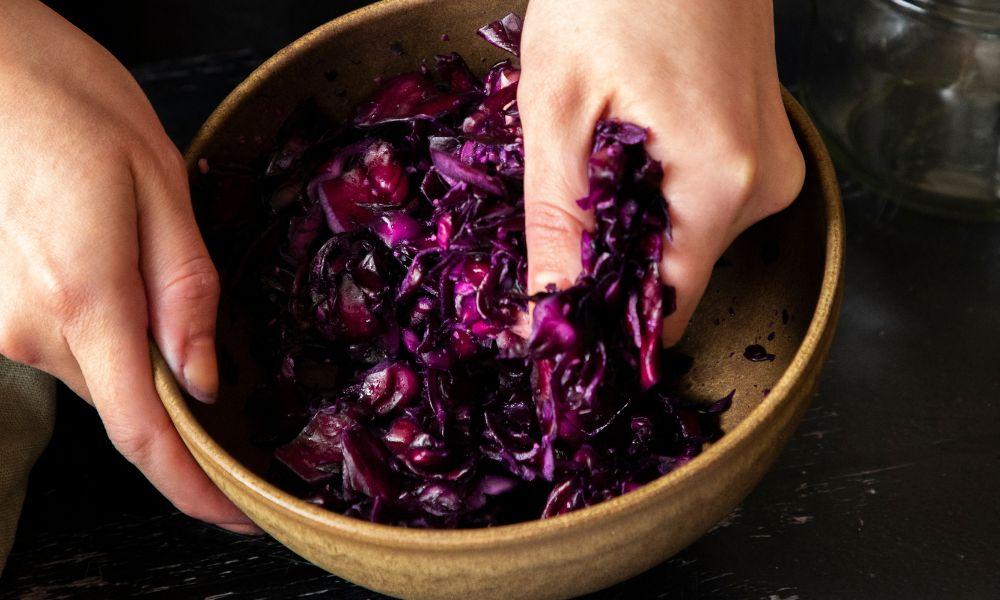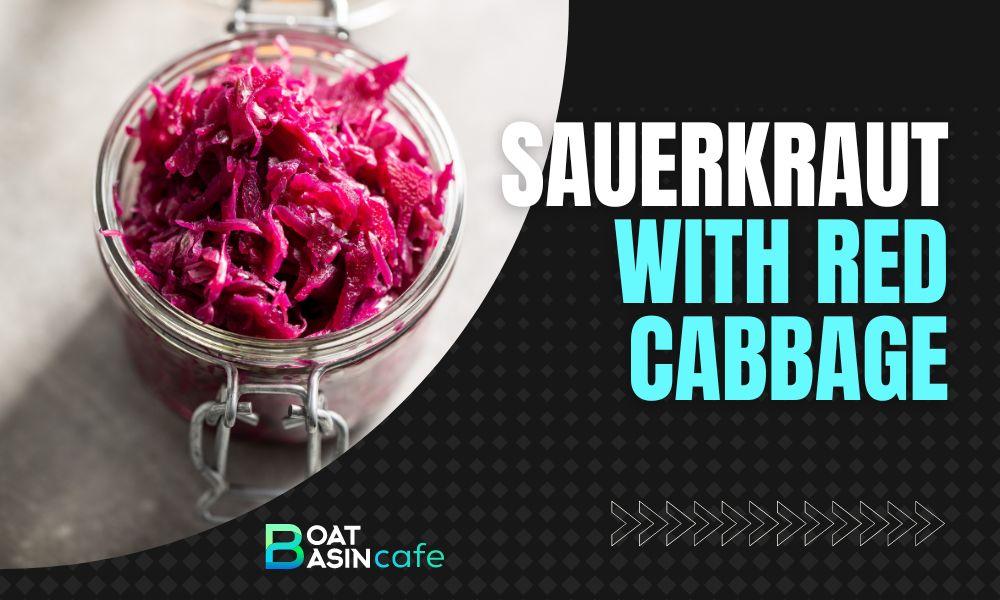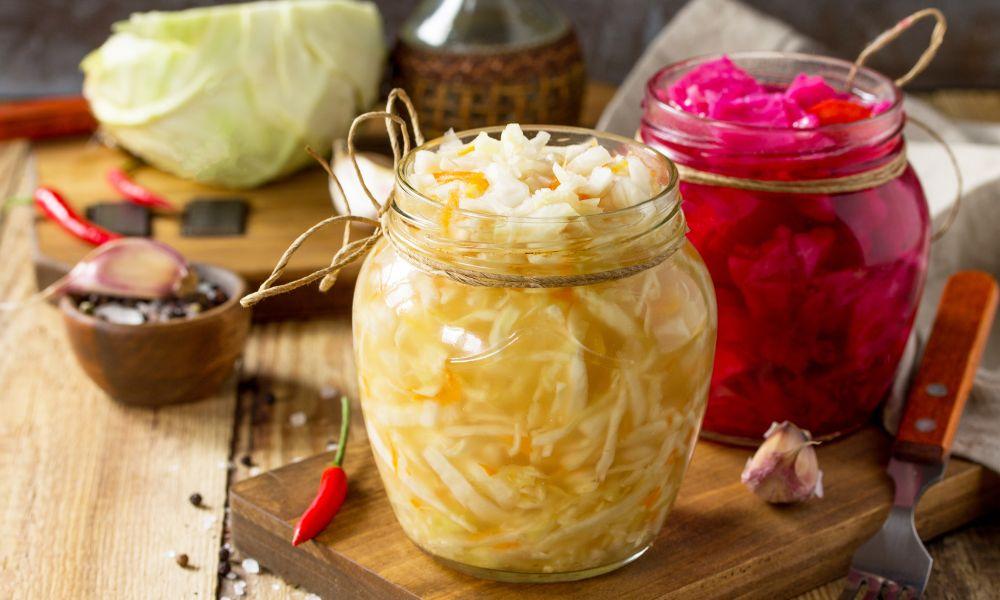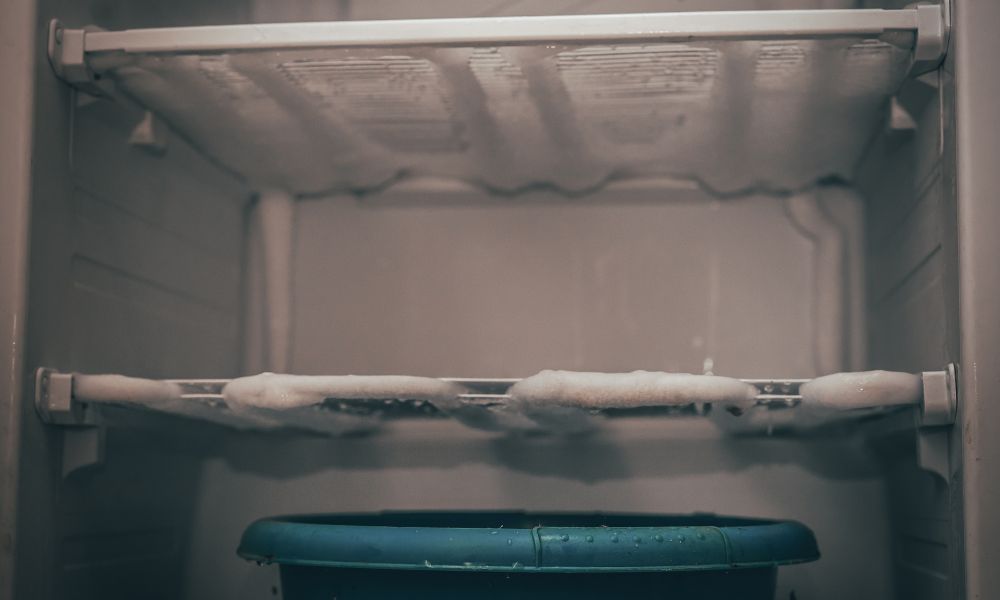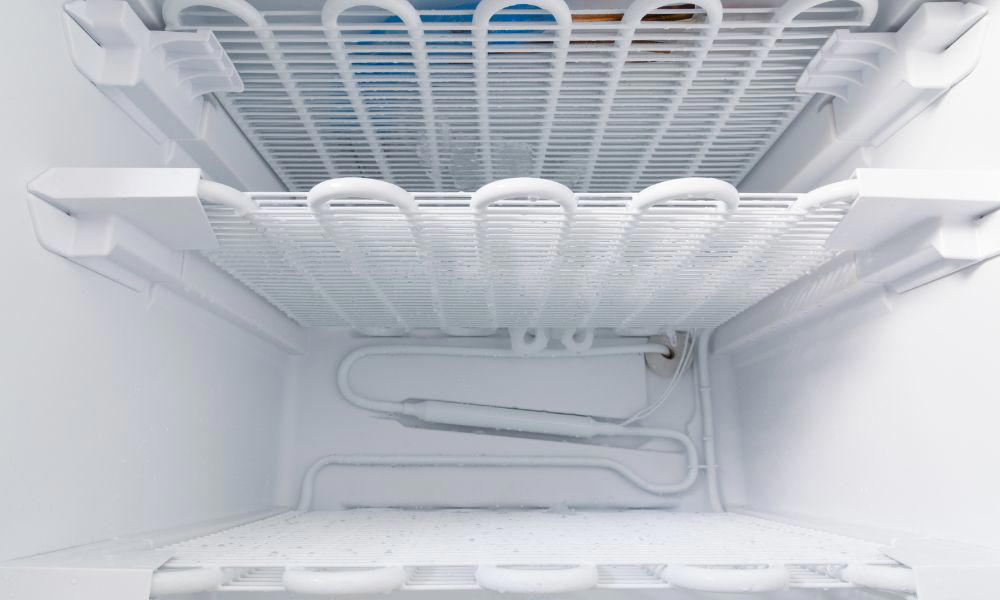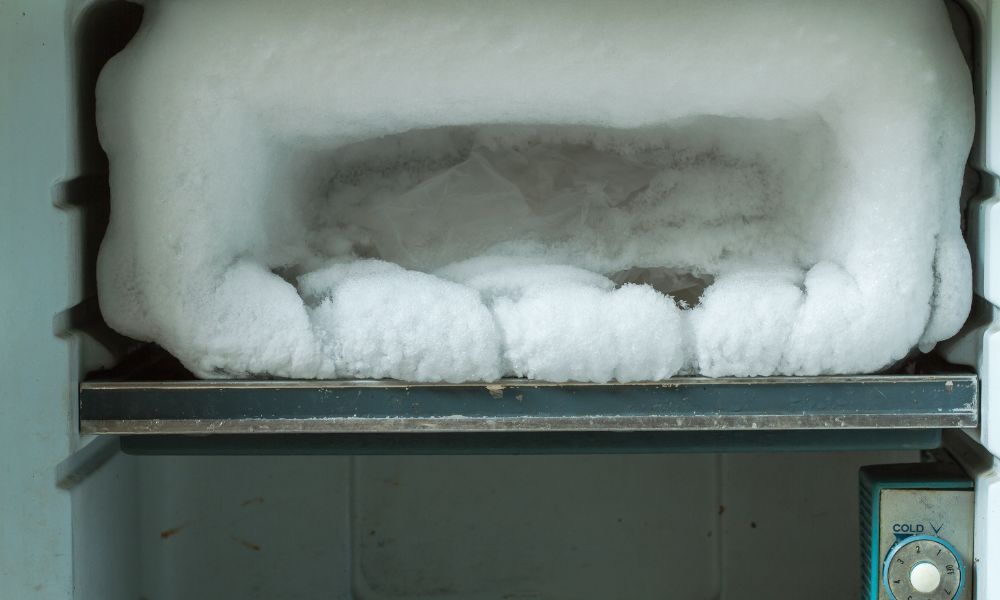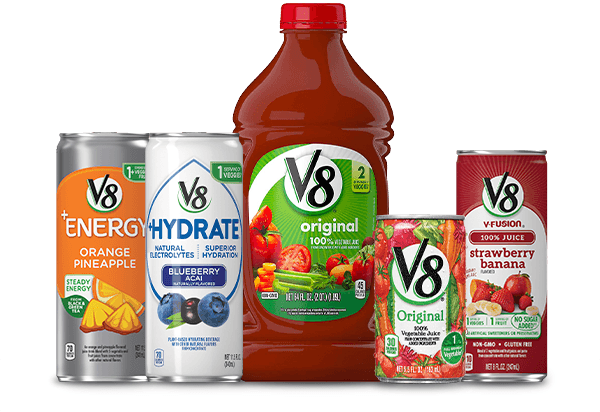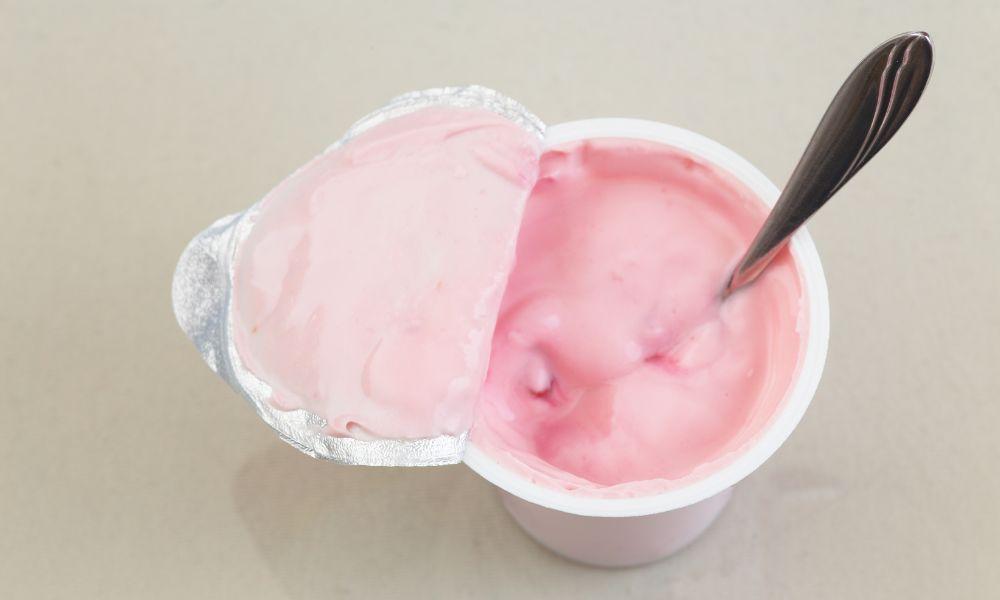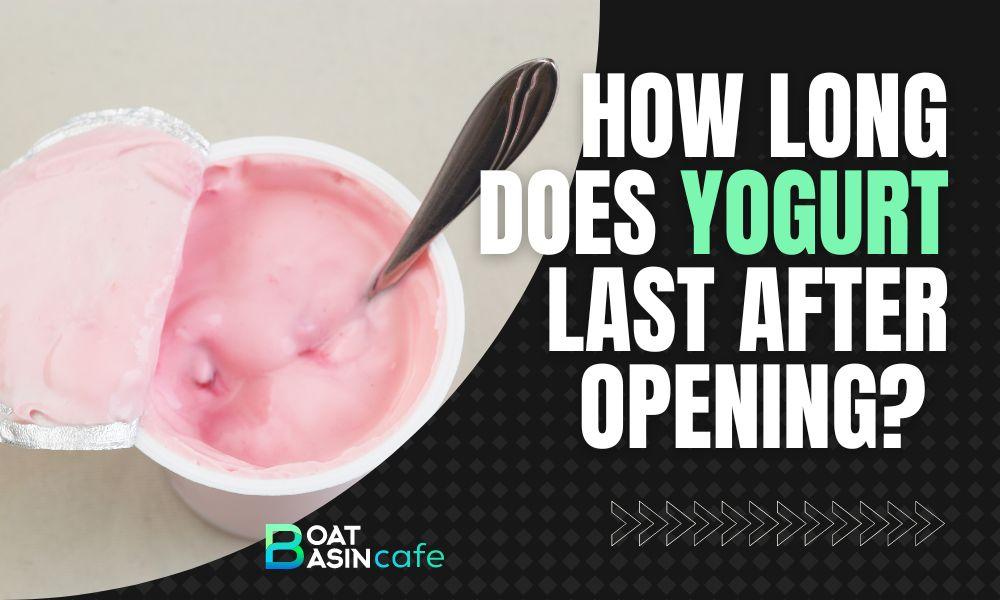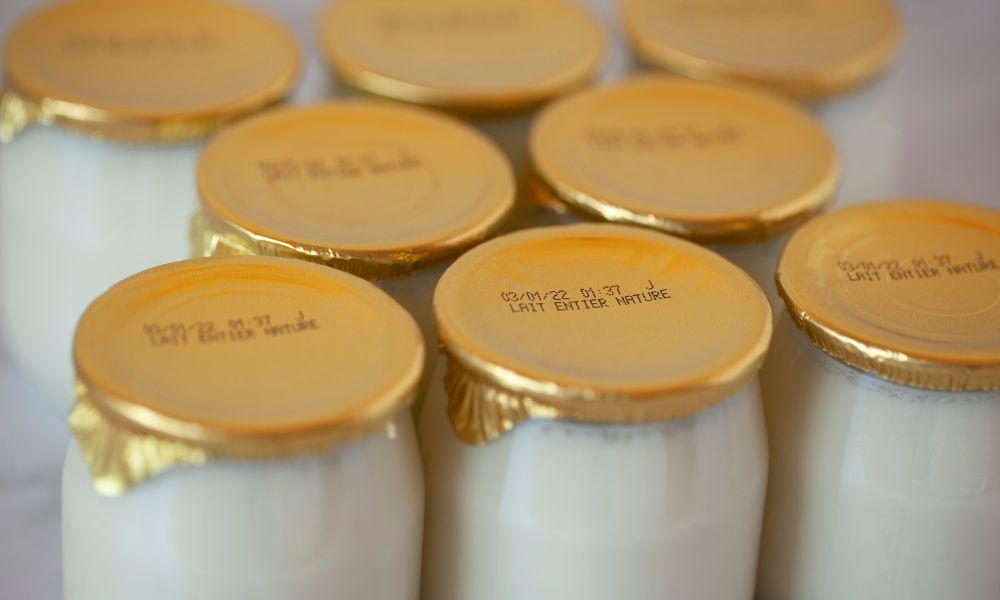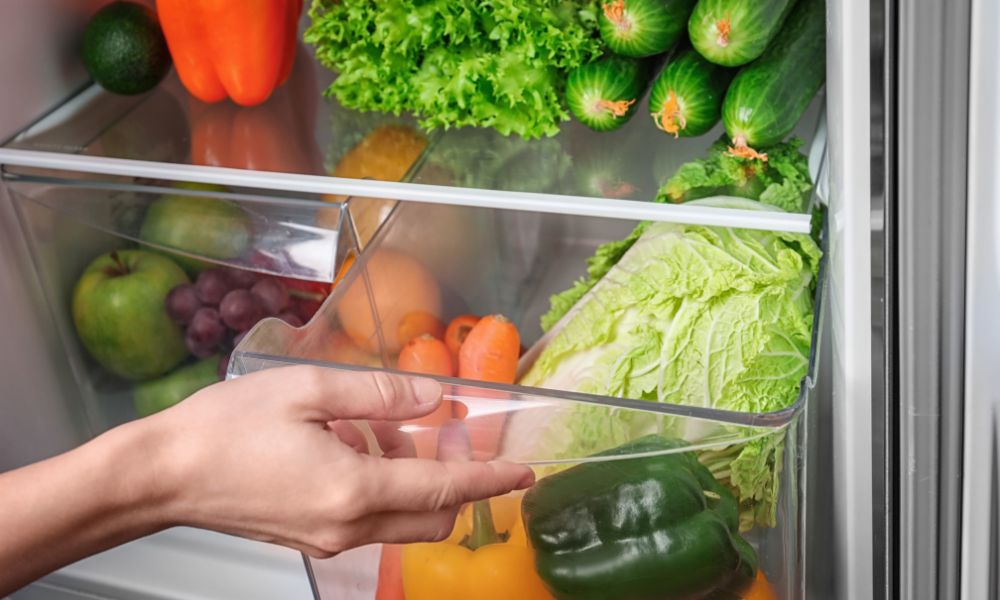Boiled potatoes are a versatile and popular ingredient in various dishes across different cuisines. They can be added to salads, paired with savory accompaniments, or simply enjoyed on their own. As a culinary enthusiast, I often find myself experimenting with diverse recipes that use boiled potatoes.
Therefore, it becomes essential to understand the shelf life of boiled potatoes for not only maintaining their freshness but also ensuring food safety.
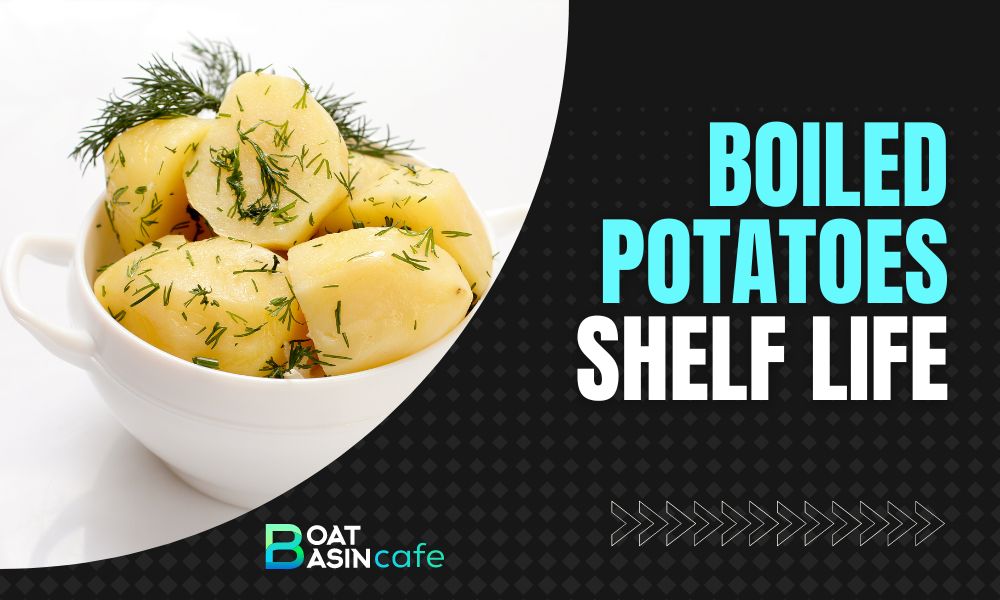
Factors Affecting the Shelf Life of Boiled Potatoes
💧Moisture Content
The longevity of boiled potatoes is directly affected by their moisture level. When I first started experimenting with boiled potatoes, I realized that maintaining the right moisture level during storage was crucial for preserving their freshness and texture. Too much moisture can lead to the growth of mold and bacteria, while too little can cause the potatoes to dry out and lose their flavor.
🌡️Storage Temperature
Another important aspect of storing boiled potatoes is the temperature at which they are kept. The ideal storage temperature for boiled potatoes is generally between 40°F and 45°F. During my own culinary adventures, I discovered that keeping boiled potatoes in the fridge at this recommended temperature range helps prolong their freshness. This is because lower temperatures slow down the rate at which bacteria and mold grow, thus inhibiting spoilage.
❌Contamination and Cross-Contamination
In my experience, proper handling of boiled potatoes is crucial to avoid contamination and cross-contamination. This means that you should store the potatoes in a clean and sealed container, away from other foods that may have strong odors or could potentially spoil. Ensuring that your hands, utensils, and work surfaces are clean can also help prevent the spread of bacteria to your boiled potatoes, which could compromise their shelf life.
Storage Time for Boiled Potatoes in the Fridge
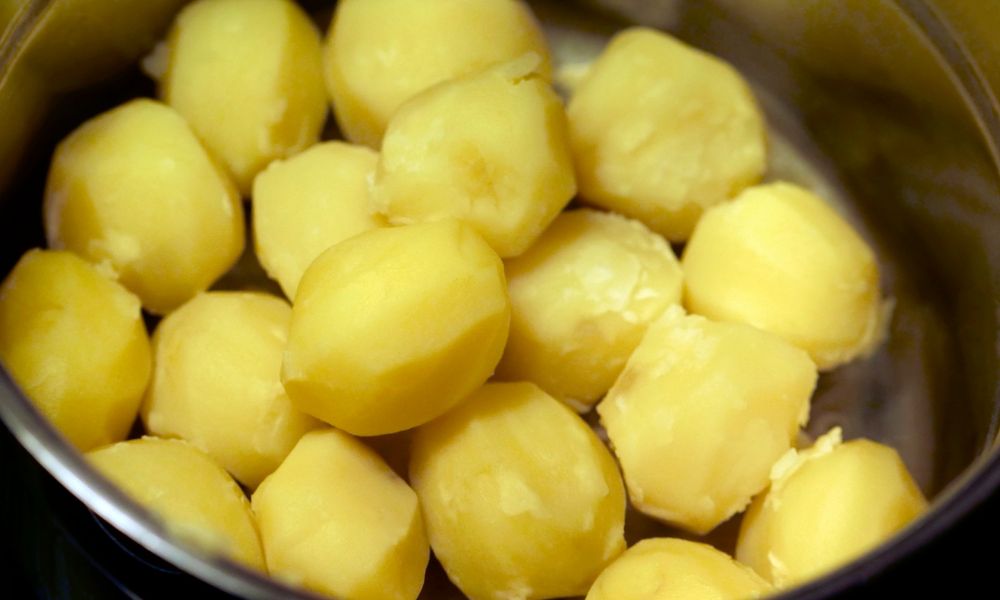
General Guidelines
You might be wondering: just how long do boiled potatoes last? On average, boiled potatoes can be stored in the fridge for up to 3 to 4 days. However, this duration can vary depending on factors like the freshness of the potatoes at the time of boiling and the storage conditions. In my personal experience, I have found these guidelines to be a helpful starting point for determining the typical storage time for boiled potatoes.
Factors Influencing Storage Time
As previously mentioned, the storage duration of boiled potatoes is influenced by various factors, including their freshness at the time of boiling and the storage techniques used. For instance, I once left a batch of boiled potatoes in the fridge for about four days, only to find that they had already started showing signs of spoilage.
After some reflection, I realized that those potatoes were not very fresh when I boiled them, so they didn’t last as long in the fridge. Since then, I’ve made it a point to inspect my boiled potatoes before consuming them to ensure that they’re still good to eat.
Another example comes from the various storage techniques I have tried over the years. In some instances, boiled potatoes stored using better storage methods would last longer than those stored using inadequate methods. This observation reinforces the importance of proper storage in maximizing the shelf life of boiled potatoes.
Tips for Extending the Shelf Life of Boiled Potatoes
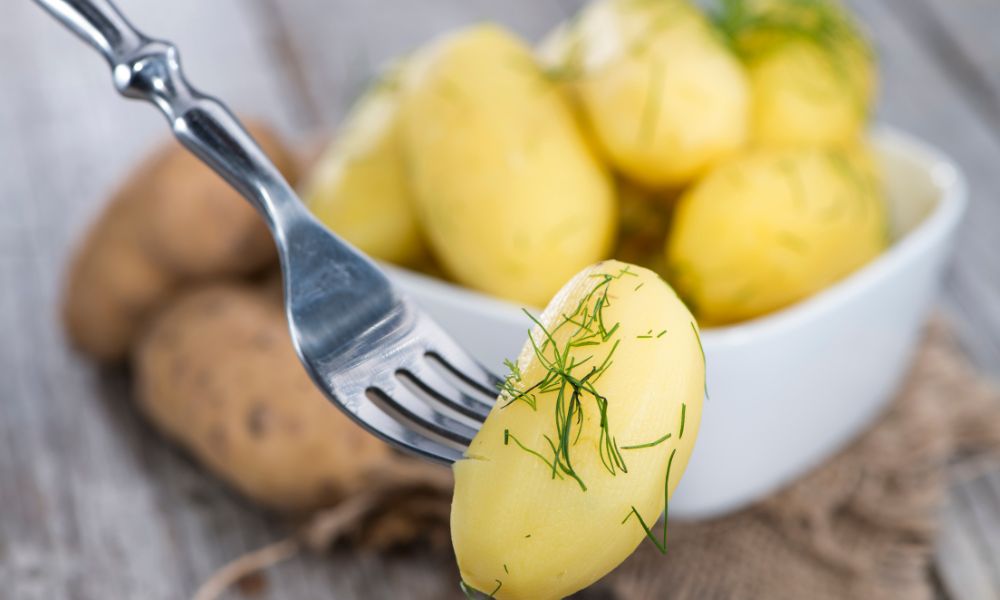
Proper Cooling
In my journey of experimenting with boiled potatoes, the need for proper cooling before storage became very apparent. Storing while they were still warm led to condensation and increased moisture inside the container, which in turn, shortened their shelf life. So, it is essential to let your boiled potatoes cool down completely before placing them in the fridge.
Adequate Packaging
Finding the right packaging for storing boiled potatoes in the fridge was quite an eye-opener for me. Adequate packaging involved using air-tight containers or wrapping the potatoes in aluminum foil to protect them from exposure to air and moisture, which can cause spoilage.
Avoiding Moisture Loss
To maintain the texture and taste of boiled potatoes, it’s essential to prevent moisture loss during storage. In my various attempts at storing boiled potatoes, I found that covering the potatoes with a damp paper towel before sealing the container could help retain their moisture and freshness.
How to Tell if Boiled Potatoes are Still Good to Eat
Being able to identify the freshness of your stored boiled potatoes can significantly impact your culinary experience. Keep an eye out for the following signs:
Visual Appearance
A clear indicator of spoilage in boiled potatoes is the presence of mold or any significant discoloration. Healthy boiled potatoes should have a uniformly pale appearance without any green or black spots. If you notice any of these signs, it’s best to discard the potatoes.
Texture
The texture of boiled potatoes is another important aspect when determining their freshness. Over time, boiled potatoes may lose their firmness and become soggy, which indicates that they may no longer be suitable for consumption. Always check the texture of your stored potatoes before using them in a dish.
Aroma
Spoiled boiled potatoes generally emit an unpleasant odor. If your stored potatoes have an off smell or a sour aroma, it is a reliable indication that they have gone bad and should be discarded.
Taste
If the potatoes have passed the visual, texture, and aroma examination, you can taste a small piece to confirm their freshness. Good boiled potatoes have a mildly earthy taste, whereas tainted ones may have a bitter or sour aftertaste. If the potatoes taste off, discard them immediately.
Enhancing the Flavor of Your Stored Boiled Potatoes

During my culinary experiments, I’ve often found myself looking for ways to enhance the flavor of my stored boiled potatoes. Here are a few suggestions for enjoying your stored potatoes to the fullest:
- Add seasonings and spices: Enhance your boiled potatoes by adding a drizzle of olive oil or butter and your favorite seasonings like garlic powder, onion powder, and paprika.
- Make potato salad: Incorporate your boiled potatoes into a delicious and flavorful potato salad by combining them with ingredients like mayonnaise, mustard, diced onions, and chopped pickles.
- Create a tasty side dish: Use your boiled potatoes as a base for a side dish by sautéing them with garlic, onion, peppers, and other vegetables of your choice.
- Mash it up: Transform your boiled potatoes into a smooth and creamy mash by adding butter, milk or cream, and seasonings like garlic, salt, and pepper.
- Turn them into a hash: Create a crispy and flavorful potato hash by pan-frying your stored boiled potatoes with diced onion, bell pepper, and your choice of meat or vegetables.
Remember to always check the freshness of your stored boiled potatoes before incorporating them into any recipe.
In Conclusion
The shelf life of boiled potatoes in the fridge is influenced by factors such as storage temperature, moisture content, and proper handling techniques. By following the guidelines provided in this ultimate guide, you can maximize the freshness and quality of your boiled potatoes.
While every culinary journey comes with its unique challenges, understanding how to store and preserve the ingredients you love can enrich your overall experience in the kitchen.
References:
- The shelf life of different potato dishes – This article offers information on the storage and shelf life of various potato dishes.
- How to reheat cooked potatoes – Check out this guide for helpful tips on reheating cooked potatoes to maintain their taste and texture.
- How long mashed potatoes last in the fridge – Learn about the storage guidelines and shelf life of mashed potatoes in the refrigerator.


